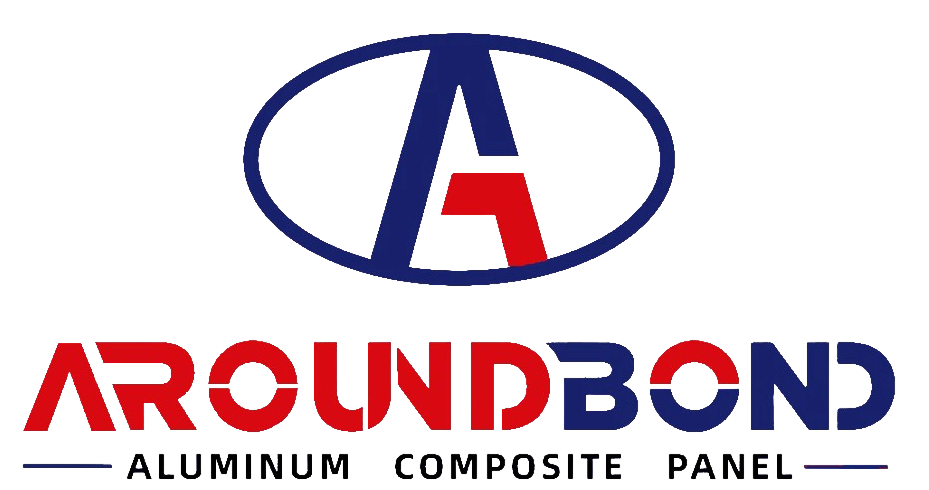The Ultimate Guide to Aluminum Composite Panels (ACP Panel): Applications, Benefits, and Selection Tips
The Ultimate Guide to Aluminum Composite Panels (ACP Panel): Applications, Benefits, and Selection Tips
1. What is an ACP Panel?
An Aluminum Composite Panel (ACP), also known as Aluminum Composite Material (ACM) in the Americas , is a lightweight, durable building material composed of two pre-finished aluminum sheets bonded to a polyethylene (PE) or fire-resistant (FR) core. Its front surface is coated with PVDF (Kynar) or Polyester (PE) paints, offering weather resistance and vibrant color options. Widely used in modern architecture, ACP panels combine aesthetics with functionality, making them ideal for facade cladding, signage, and interior design.

acp panels
2. Key Applications of ACP Panels
ACP panels are versatile across industries due to their adaptability and performance:
Exterior Building Cladding:
ACP is the go-to material for curtain walls and exterior facades. For structural integrity, the minimum aluminum skin thickness is 0.50mm, with a total panel thickness ≥4mm. Fire-rated cores (e.g., FR PVDF ACM panels) are recommended for compliance with safety standards like GB/T3880 and 3003/5005-series aluminum alloys.
Advertising & Signage:
Lightweight (3–4mm total thickness) and easy to process, ACP panels are ideal for signage, UV printing, and shopfront displays. The PE-coated surface ensures cost-effectiveness for short-term projects.
Interior Design:
Available in wood, stone, and brushed finishes, ACP panels enhance spaces like hotels, offices, and retail stores with a modern touch.
3. Advantages Over Traditional Materials
Why Choose ACP Panels?
Lightweight & Easy Installation:
ACP panels weigh significantly less than solid aluminum or stone, reducing structural load and labor costs.
Cost-Effective:
Compared to aluminum veneers, ACP offers similar aesthetics at a lower price point.
Weather & Fire Resistance:
PVDF coatings provide UV protection and corrosion resistance, while FR cores meet fire safety regulations.
Design Flexibility:
Customizable colors, textures (e.g., mirror, timber, marble), and sizes (standard: 1220×2440mm) cater to diverse architectural styles.
4. How to Select the Right ACP Panel
For Exterior Use:
Opt for PVDF-coated panels with ≥0.50mm aluminum skins and FR cores for durability and fire safety.
For Signage/Advertising:
Choose PE-coated panels (0.20mm aluminum skins, 3–4mm total thickness) to balance cost and performance.
Certifications:
Verify compliance with international standards (e.g., ISO, SGS) and certifications for fire resistance (e.g., A2, B1).
5. Industry-Leading Solutions: AROUNDBONDL ACP
Leading manufacturers like Shanghai Jijia Aluminum-Plastic Products Co., Ltd. specialize in high-performance ACP panels under brands like AROUNDBOND. Their R&D team, backed by 15+ years of experience, focuses on:
Fireproof ACP: FR-core panels for high-rise buildings.
Eco-Friendly Options: Recyclable materials and low-VOC coatings.
Custom Sizes: Tailored solutions for unique project requirements.
Conclusion
Aluminum Composite Panels revolutionize modern construction with their blend of aesthetics, durability, and versatility. Whether for skyscraper facades, eye-catching signage, or elegant interiors, ACP panels deliver unmatched value. For projects demanding quality, always partner with certified manufacturers to ensure compliance and longevity.


